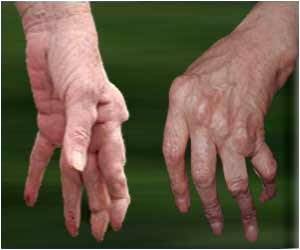High-resolution, relational, resonance-based electroencephalic mirroring (HIRREM) is a non-invasive neurotechnology that can reduce insomnia symptoms and improve autonomic nervous system functions.

‘Reduction in insomnia symptoms and an improvement in autonomic nervous system functions can be achieved by using a closed-loop, acoustic stimulation neurotechnology known as High-resolution, relational, resonance-based electroencephalic mirroring (HIRREM). HIRREM can be used as an alternative treatment for insomnia patients.’
Read More..




Sleep is essential to maintain optimal health and well-being.Read More..
Around 30% to 35% of Americans have experienced insomnia, according to the American Academy of Sleep Medicine.
Insomnia can reduce life expectancy and increase the risk of obesity, cardiovascular events, diabetes and other illnesses.
High-resolution, relational, resonance-based electroencephalic mirroring (HIRREM) is a unique, non-invasive, nondrug, acoustic intervention. It supports the brain to balance and quiet itself.
HIRREM uses scalp sensors to monitor brainwaves and software algorithms. It can translate specific frequencies into audible tones of the varying pitch in real-time.
Advertisement
The technology supports the brain to reset and self-adjust from stuck trauma and stress patterns which lead to insomnia.
Advertisement
The study consisted of 107 adult men and women with moderate to severe insomnia. Around half of the participants received the HIRREM intervention, and the placebo group received an active intervention of random tones.
Participants had to keep a daily sleep diary, and every participant received 10, 60-minute intervention sessions (either HIRREM or placebo), over three weeks.
The changes in sleep were recorded on the Insomnia Severity Index (ISI). The insomnia severity index is a self-reporting instrument that is used to assess insomnia symptoms.
The researchers also recorded blood pressure and heart rate to analyze autonomic cardiovascular regulation objectively.
After the completion of the intervention session and follow-up visits up to four-month later, participants in the HIRREM group reported reductions in insomnia symptoms.
Four months after the intervention, 78% of the participants receiving HIRREM reported no significant insomnia symptoms.
Participants who received HIRREM also showed significant and durable improvements in autonomic function in heart rate variability (HRV) and baroreflex sensitivity (BRS) compared to the placebo group.
Heart rate variability (HRV) is a powerful biometric that reflects the health of the autonomic nervous system. Baroreflex sensitivity (BRS) measures blood pressure regulation.
The HIRREM participants were five times more likely than placebo to have an improvement in their HRV measured as rMSSD by more than 50%. rMSSD is a measure of heart rate variability.
These participants were also twice as likely to have improved BRS by more than 50% compared to placebo.
All these changes would lead to the improved cardiovascular health of the patients.
"These findings add to the rapidly growing interest in neuromodulation and demonstrate that a brief intervention with closed-loop acoustic stimulation can improve sleep in a meaningful way, while also improving autonomic function," Tegeler said.
Neuromodulation is an important alternative approach for people who have insomnia.
Source-Medindia















